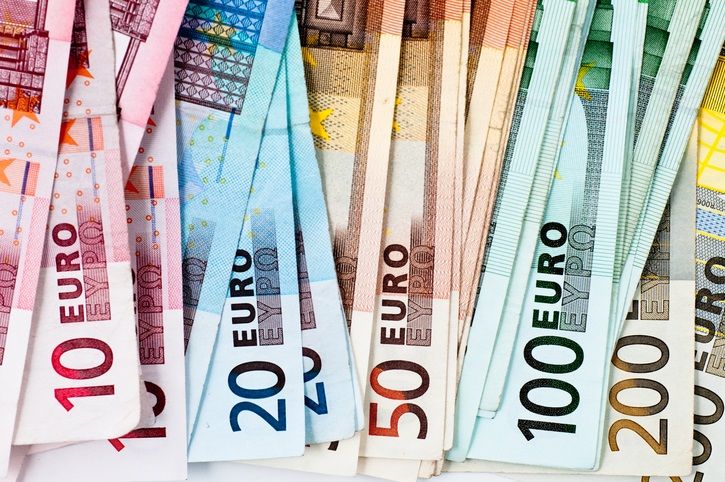According to BlackRock’s iShares ‘ETP flows 2017 in review’ report, European and US investors piled into ETPs during 2017 by adding $40bn (€32.7bn) to the asset class.
“This inflow to US-listed products coincides with a rally in the EUR/USD cross rate. This mimics a trend seen throughout the year: as the dollar weakens versus the euro, US investors look to Europe,” the report said.
“Flows have broadly moved sideways during periods of dollar strength and have grown when the dollar has weakened.”

This was in contrast to 2016 when European equities had nine months of outflows as investors withdrew $35bn over the year with EMEA-listed ETPs accounting for $10bn of the outflows and $26bn from US-listed ETPs.
Globally, in 2017 ETP net inflows accounted for $633bn with equities dominating flows at 72% of flows, according to BlackRock.
This was followed by fixed income at 25-27%, and the rising equity allocations came at the expense of commodity funds which accounted for 2% of overall flows, down from 7% in 2016.
BlackRock said the other enduring themes for ETPs in 2017 were the divergence in flow patterns between US-listed and EMEA-listed gold ETFs, strong flows into emerging markets equity ETPs at $67.8bn, strong inflows for EMEA-listed broad developed equity ETPs in December, and a breakthrough year for sustainable exchange traded funds (ETFs).
The report found there had been a total of $5.2bn added globally to sustainable ETFs and while it was traditionally an area accessed through actively managed products, the flow figures suggested that investors were coming around to indexed products.
“This is one area where the US-listed ETP landscape lags the EMEA-listed one, changing end investor attitudes and guidelines suggesting ESG usage from certain regulators in European countries may be contributing to this trend,” the report said.
MiFID II
In line with BlackRock’s report, Moody’s latest report on MiFID II said that the cost transparency and the ban on commissions paid to independent financial advisers would encourage greater use of cheaper passive funds by retail investors, including ETFs.
“By revealing the true costs of actively managed funds, cost-conscious retail investors will progressively turn toward cheaper passive funds that track a market-weighted index or portfolio,” the report said.
Moody’s said the growth of ETFs in the US had been driven by retail investors managing their retirement savings and that Europe had so far lagged the US as Europeans did not manage their retirement savings to the same extent.
“In Europe, banks dominate retail distribution and have had less incentive to sell ETFs that do not bring in large commissions. MiFID II’s increased transparency will change this,” it said.
Moody’s noted that as ETF investments took off in Europe, European managers would have to fight more aggressively with ETF behemoths BlackRock and Vanguard for market share, given the vast resources and strong brands of the firms.
“The improved transparency and liquidity will likely encourage the use of ETFs for securities lending and collateral purposes by asset managers, pension funds and insurance companies,” it said.
The report also pointed to the fact that MiFID II’s transparency would affect active management as well as institutional assets, and European asset managers’ effective fee rates could fall 10% to 15% as a result. This would likely have asset managers narrow their range of products and force them to consider closing funds that had been consistent underperformers.
Moody’s said the European fund industry had lost about 3,000 funds over the last six years thanks to investor disappointment with active management performance.
“The perception of underperformance was reinforced following a European Securities and Markets Authority (ESMA) survey in February 2016, which concluded that between 5% and 15% of the 2,600 European equity funds analysed could be more accurately classified as index-tracking funds,” the report said.
“In the post-MiFID II era, investors will no longer tolerate such benchmark huggers.”







